
AeroGenie: Su copiloto inteligente.
Tendencias
Categories
Boeing’s Iconic Widebody Aircraft Marks 30 Years
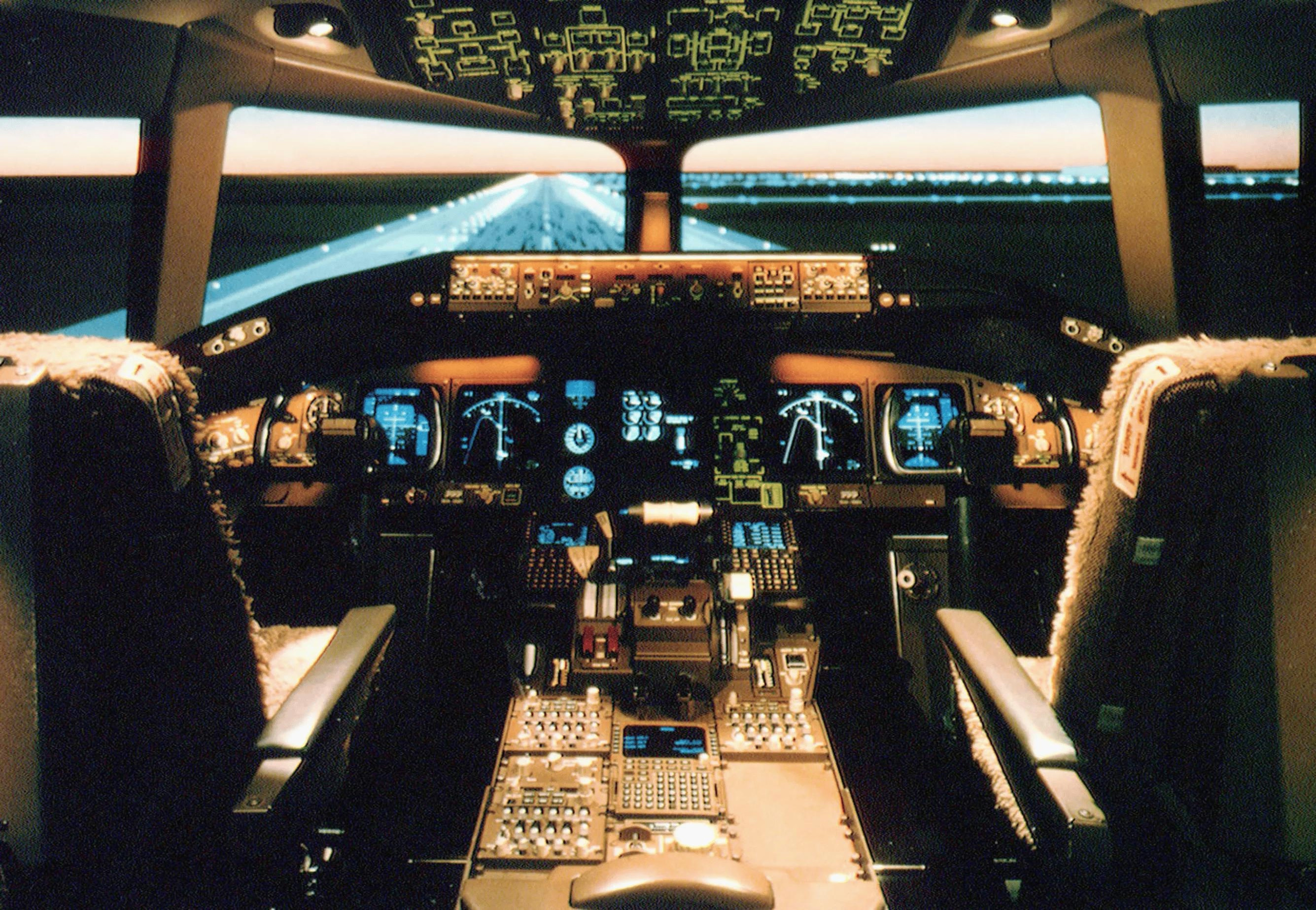
Boeing’s Iconic Widebody Aircraft Marks 30 Years
Unveiled in the mid-1990s, the Boeing 777—commonly known as the ‘Triple Seven’—was developed to fill the gap between Boeing’s 767 and 747 models. It was designed in response to the aviation industry’s growing demand for a widebody aircraft that combined spaciousness, quiet operation, and fuel efficiency. With seating capacities ranging from 300 to 450 passengers and a flight range between 5,235 and 9,380 nautical miles depending on the variant, the 777 quickly established new benchmarks for long-haul travel and passenger comfort.
Aircraft Inception and Legacy
The Boeing 777 program officially commenced in October 1990, marking one of the most ambitious development projects in aviation history. Following several years of rigorous design and engineering, the prototype was unveiled in April 1994 and completed its maiden flight two months later. By June 1995, United Airlines operated the first commercial flight of the 777, heralding a new era in long-distance air travel.
Over the past three decades, the 777 has become a cornerstone for airlines worldwide and a favorite among aviation enthusiasts. More than 1,700 units have been produced, serving over 70 airlines globally. Emirates stands as the largest operator, maintaining a fleet exceeding 130 aircraft, followed by Qatar Airways, United Airlines, and American Airlines. Together, these carriers operate more than 350 Triple Sevens across a variety of routes and configurations.
Innovation and Technological Firsts
The Boeing 777 was pioneering in its integration of advanced technologies. It was the first commercial aircraft to be entirely designed using Computer-Aided Design (CAD), specifically employing the CATIA 3D software developed by Dassault Systèmes and IBM. This digital design approach enabled Boeing engineers to create highly precise virtual models, significantly reducing the reliance on physical prototypes and enhancing both design accuracy and collaborative processes. The influence of CATIA has since extended beyond aerospace, impacting industries such as construction and automotive manufacturing.
Another significant innovation was the introduction of Boeing’s first fly-by-wire (FBW) system on the 777. This sophisticated electronic flight control system replaced traditional manual controls, improving safety, operational efficiency, and the overall pilot experience.
Navigating Modern Challenges
Despite its enduring success, the Boeing 777 faces considerable challenges in today’s competitive aviation market. The rise of Airbus, particularly with its A350 and A330neo families, has intensified competition in the widebody segment. Recent data indicates that Airbus is on track to surpass Boeing in total aircraft deliveries, underscoring the critical importance of manufacturing scale, quality, and supply chain agility.
Boeing continues to grapple with supply chain disruptions and production delays, prompting some airlines to reconsider their fleet strategies and the business viability of widebody aircraft. These difficulties present opportunities for Airbus to capitalize on Boeing’s setbacks and expand its market share.
Looking Ahead
As the Boeing 777 celebrates over 30 years in service, its impact on commercial aviation remains significant. However, sustaining its competitive position will require Boeing to pursue further innovation, streamline production processes, and adapt to evolving market dynamics to ensure the Triple Seven’s legacy endures in a rapidly changing industry.
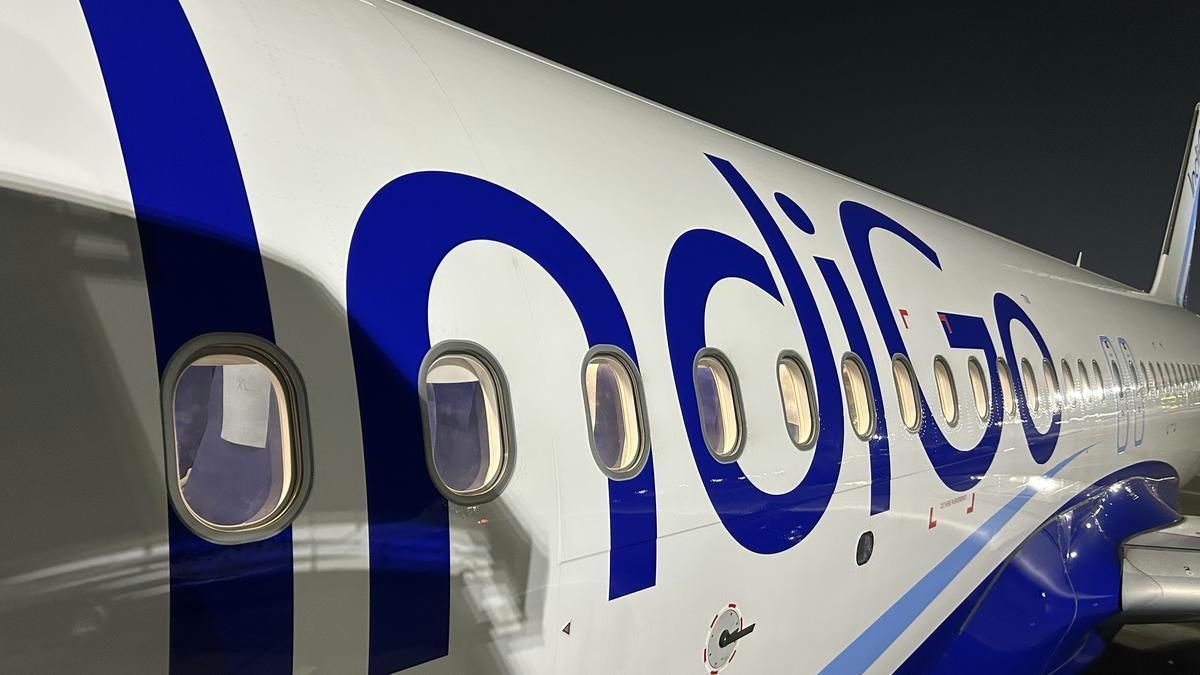
IndiGo to Deploy Wide-Body Aircraft on Vijayawada-Hyderabad Route, Says MP
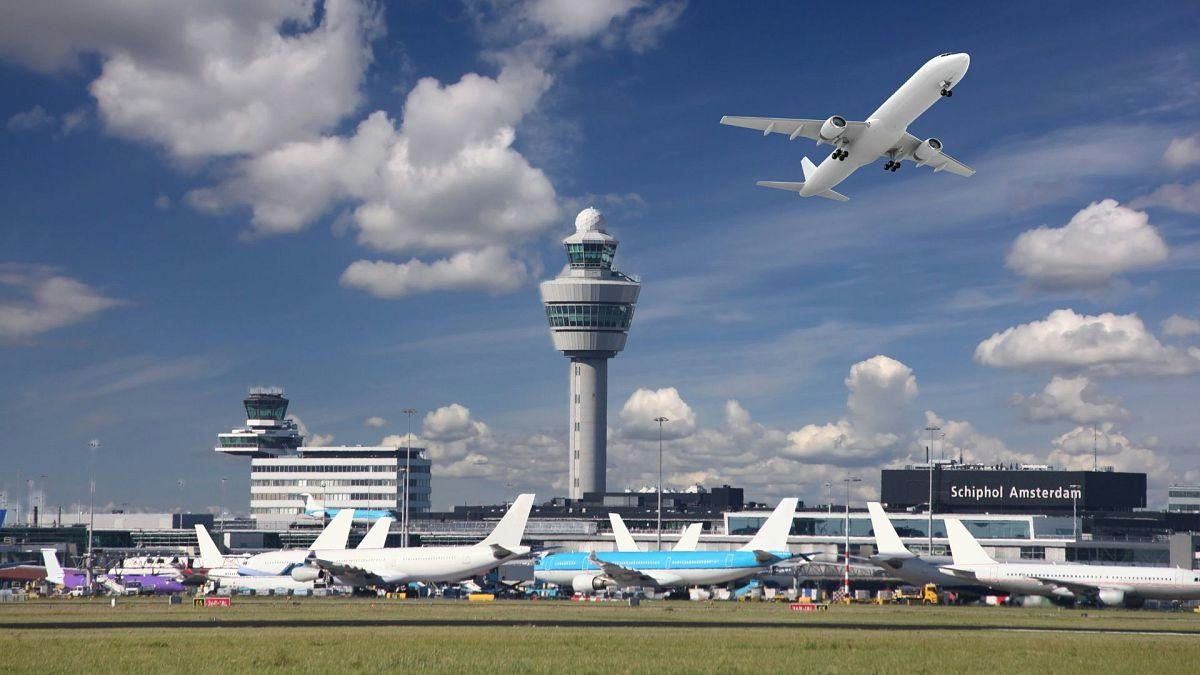
Europe Unveils New Aviation Strategy to Promote Cleaner, Faster Flights
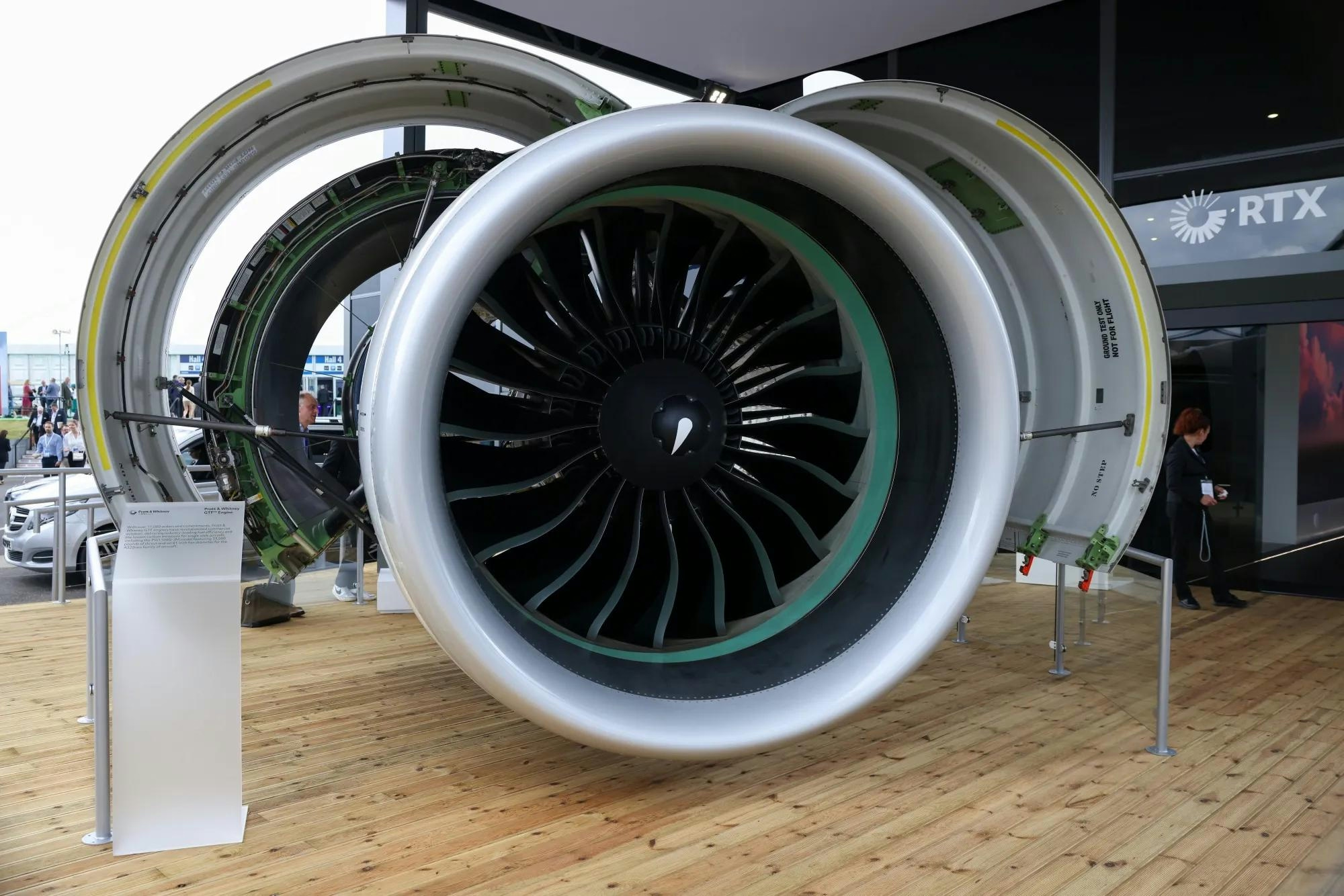
Spirit Signs Agreement with Pratt & Whitney Units on Aircraft Engines

ADB SAFEGATE Receives Industry Awards for Marketing, R&D, and Social Impact

GA Telesis Secures Five-Year Landing Gear Overhaul Agreement with Major U.S. Carrier

Government Strengthens Aviation Safety Framework Amid AI-171 Investigation

NASA Software Raises Bar for Aircraft Icing Research
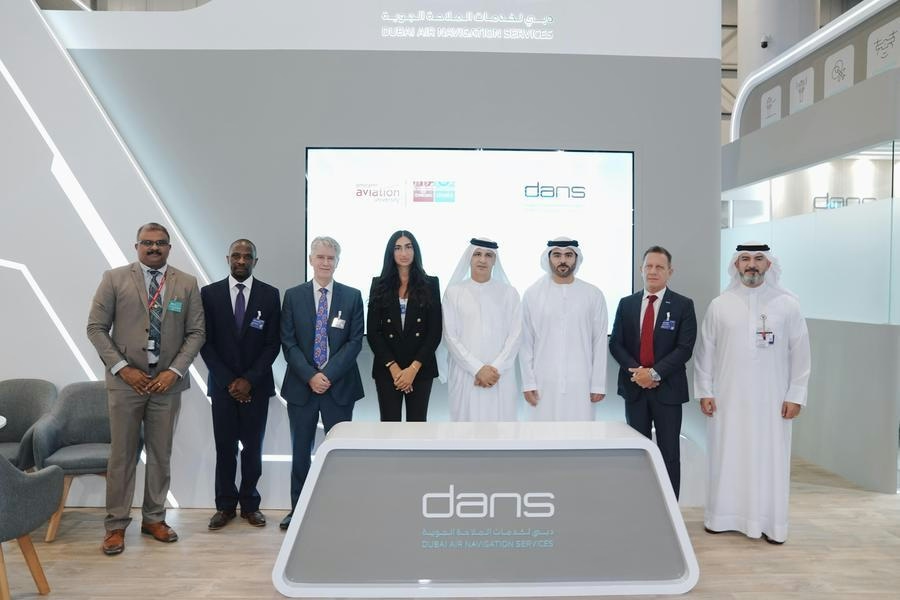
Dans and Emirates Aviation University Partner on AI Air Traffic Management Research
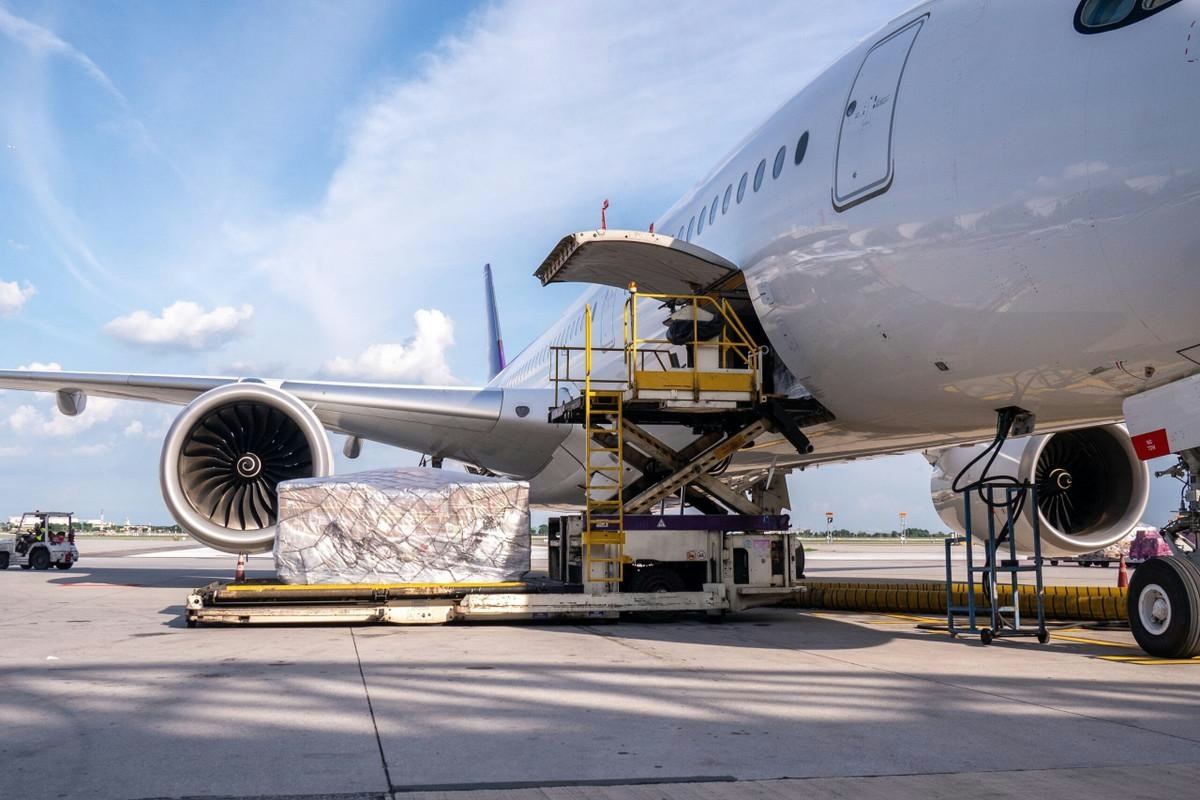
Nigus and AXISCADES to Develop Nigeria’s First Major Aviation MRO Hub
